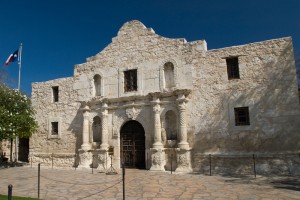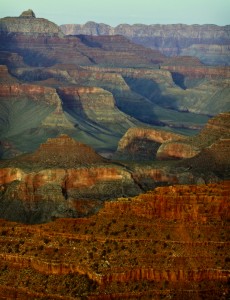Phoenix is the capitol of the state of Arizona in the south western United States. It has more than 300 beautiful, sunny days every year. It is a fast growing city, and today, it is the sixth largest city in the US. The Phoenix metropolitan area is known as the Valley of the Sun and November through April is the best time to visit. Outdoor activities include golfing, hiking, boating, fishing, water skiing and hot air balloons. There are also reservation casinos, horse racing and greyhound tracks.
The land on the north eastern edge of the Sonoran Desert was farmed by Hohokam Native Americans for over a thousand years. They created 217 km of irrigation canals that made the desert arable. These canals have been used as the base for several modern canal projects throughout the area. Between 1300 and 1450 there were severe droughts and floods causing the Hohokam to abandon the area. The Hohokam people also may have witnessed the supernova of 1006. There is a drawing or petroglyph of the event in the White Tank Mountain Regional Park in west Phoenix. Very few Europeans lived in the region before 1860. Father Eusebio Kino who lived from 1645 to 1711 was one of the first.
 Modern Phoenix began around the 1850s when Jack Swilling thought the abandoned valley would be good for agriculture. He used the Hohokam canals for irrigation and, seeing the excellent crops, people started to settle there. A city growing out of a previous civilization suggested the name Phoenix for the new town.
Modern Phoenix began around the 1850s when Jack Swilling thought the abandoned valley would be good for agriculture. He used the Hohokam canals for irrigation and, seeing the excellent crops, people started to settle there. A city growing out of a previous civilization suggested the name Phoenix for the new town.
Phoenix has several fascinating museums including the Phoenix Art Museum. It has international art displays as well as a year-round program of live performances, festivals, independent art films and educational programs. There is an interactive space for children, a landscaped sculpture garden, a restaurant and shopping facility. The Heard Museum has a full Navajo Hogan and 437 Hopi kachina dolls among other Native American artifacts.
Among the monuments and landmarks there are two structures that couldn’t be more different, but are both worth seeing. Mystery Castle is an 18 room folk art mansion built from recycled materials and stones from the area. The Wrigley Mansion of chewing gum fame was built by Wrigley for his wife. It is an Italianate mansion that is very opulent inside and outside.
Near Phoenix is the Apache Trail an old stagecoach route through the Superstition Mountains. Today, it is a popular drive from Apache Junction through the mountains to Tonto National Forest. Visitors can view some of the spectacular natural scenery of Arizona.
Scottsdale is part of the Phoenix metropolis and is a center of haute couture and Old West charm. It has luxury resorts and spas as well as dozens of golf courses. There is an infinite variety of Southwestern jewelry and art available.
With Phoenix as the base, there is a lot to see in Arizona including the Grand Canyon, a four hour drive from Phoenix, Sedona, Monument Valley and many more natural wonders and ancient Native American ruins. After a day of sightseeing, visitors enjoy the famous nightlife in the city and the many different styles of Mexican food served in restaurants throughout the area.







